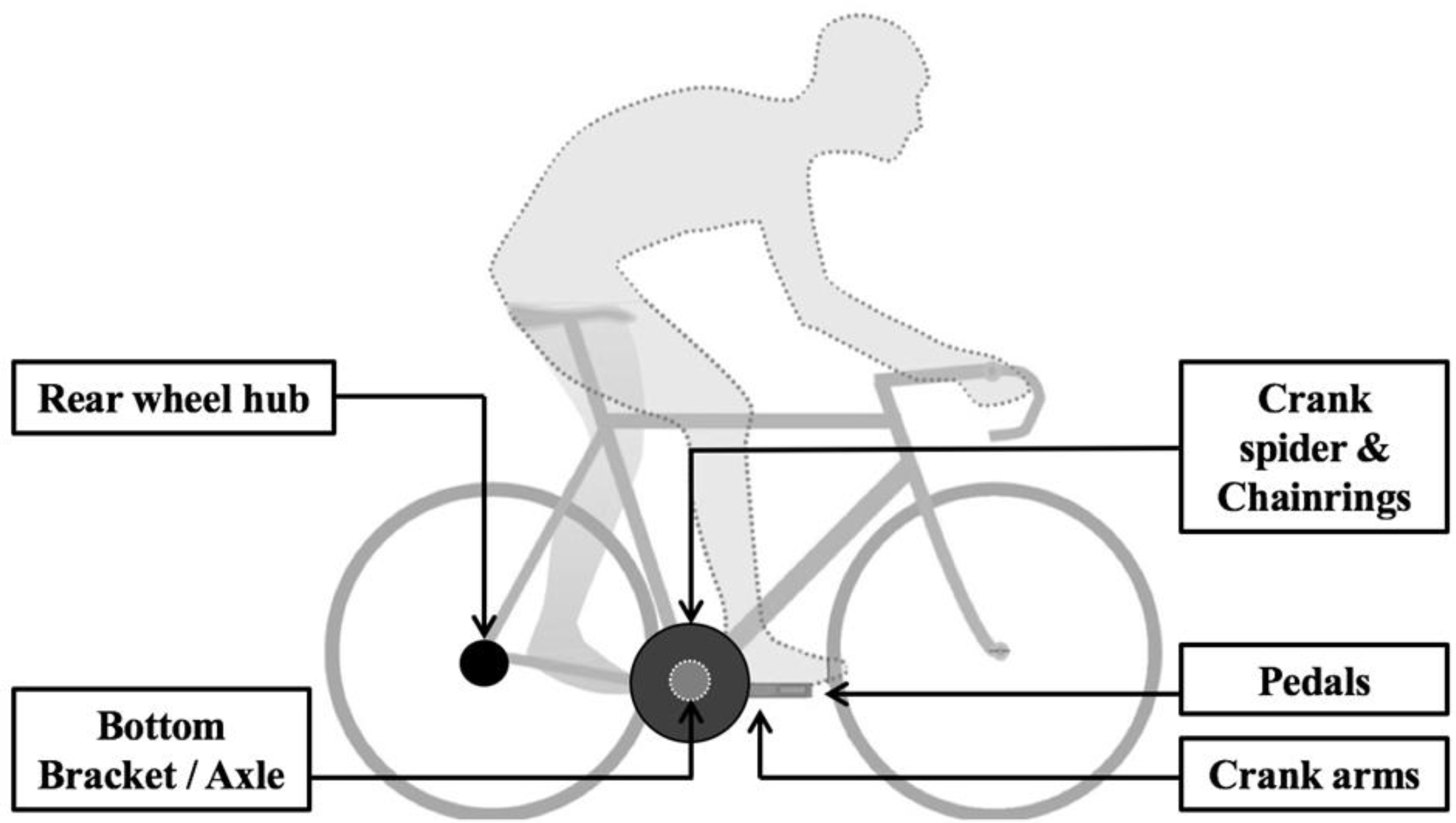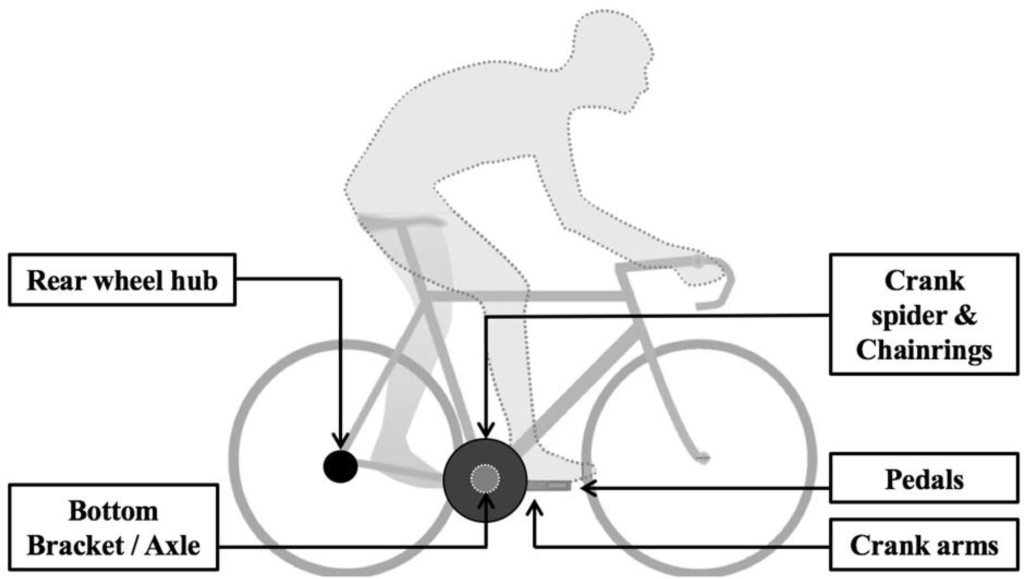Setting Up Your Profile
To optimize power-to-weight ratio using TrainerRoad, ensure that your profile is adequately set up. Put in your present weight and FTP. You should be concurrently updating your weight from time to time to know the changes that occur as the training advances. In such a case, if your weight is 70 kg and your FTP is 300 watts, then your power-to-weight ratio will be approximately 4.29 watts/kg. This ratio is also necessary since it helps you know the extent to which you are improving with time and your overall performance.
Creating a Structured Training Plan
Go to the ‘Plan’ section of TrainerRoad, and select the training plan you want to use. You may choose a plan that helps in preparing for specific goals like either climbing faster or having better time trial performance. Note that each plan is backed by science and is leveled to help you systematically work harder so that you reach your limits. For example, the ‘Climbing Road Race’ plan is centered at having more power for a long time which is necessarily required to climb steeper hills. At the same time, remember integrating at least one FTP test once every six weeks.
Preparations in Nutrition and Recovery
At the end of each training period, you will also need to give considerable attention to your diet and recovery mechanisms that will be as involved as your workouts. Have a protein-focused diet consumed after every hard workout to help in muscle recovery and a carbohydrate-rich diet that will be used to fuel your other workouts. Nate Pearson, a cyclist and a co-founder of TrainerRoad, has reinstated the importance of recovery during past workouts. According to him, “Recovery is where the real training magic happens. Without it, improvements are only potential.” Follow it up by regularly analytically looking at your power outputs during different periods in the ‘Analytics’ section of the TrainerRoad site. For example, you can try to see if your average power for the key workouts increased?. Regular and proper analysis helps you know what part of the training has been successful so far, and also helps you vary your training in the future with specific parameters being adjusted. At the same time, you will also need to take advantage of their respective communities by creating a forum where you can discuss various issues and motivate each other, such as by crossing the group limits or rather waking up in the middle of the night to do some interval type of workouts. Remember that you can get practical advice and camaraderie in addition to motivation through being in a community full of people intent on improving their power-to-weight ratios.
Understanding the Interface
Once you’re logged into TrainerRoad, you’ll first be greeted with the main dashboard. Consider it your at-a-glance hub for setting up and executing your cycling training. For a more detailed view, click on the ‘Workouts’ tab to see your complete session schedule. Each workout’s description will include the duration, intensity, and the power output zone you’ll have to stick to. The specific zones you’ll be working in are vital as they structure the workout according to your current fitness level.
Use the Customization Options
The ‘Workouts’ section also lets you choose how much detail you want to see in the app’s display. When you have a workout open, look at the top-left corner to find the ‘Display’ options. You can go minimalistic with just the essential metrics, add the power curve, and heart rate, and more. If you’re working on your endurance particularly, you can choose to tack your heart rate tightly to your power output.

Have a Detailed Overview in the Career Section
The ‘Career’ tab is your complete history of all workouts, tests, and races. Here’s where you can check how much your power-to-weight ratio has improved. It’s important to monitor your FTP in this section: changing it day to day would mean that you’re incorrectly putting the test data in; however, a steadily higher FTP with the same weight means that you’re getting fitter.
Quickly Swap Your Scheduled Workouts
In the ‘Calendar’ tab, you can see a full 5-week view of your training plan. You can drag workouts to other days or weeks if you have a sudden weekend race, to accommodate your life. This way, you can plan your training blocks ahead and ensure that your life is not dictated by your workout routine.
Analyze Your Performance
Finally, the ‘Analytics’ section gives you a more detailed look at your metrics. Use this to measure how effective the workouts are. You might do a higher-rated workout for a month and then compare the power output to the same time before you started training in that way. This way, you’re able to make a quantitative decision about how a training block has fared-spin it out and start with a different approach.
Using the Power Curve
Understanding the Power Curve
Understanding what the power curve represents is essential. The power curve shows your best power output for different time spans ranging from a second to several hours. It is essential because it’s a graphic representation; it allows you to see your power distribution, helping you understand what your strengths and weaknesses are.
Analyzing Sprint Power
If you are good at short-term duration cycling, you will need to increase the peak of your power curve at 5, 10, 15, 20, and 30 seconds. You should focus on the peak of the curve to analyze when the curve is the highest. For instance, if you did 800 watts for 20 seconds, you could compare the number with when you last registered such a big number. It’s essential because it helps you to plan a sprint-specific phase and to push your one-second sum higher to improve your one-second numbers.
Assess Sustained Effort
If you are an endurance athlete, you need to know for how long you can hold one power output. It means that I should focus on the flatter and longer part of the power curve, for instance, at 10, 20, or 40 minutes. In this case, sustained effort indicates how long you can hold around 300 watts for 20 minutes, and such indexes will continue to grow, indicating that you become more aerobically fit. Therefore, it is crucial to know what your peak power curve sprint is and how it compares with the rest.
Interval Training
Therefore, if the power curve goes down after every next minute, you can then create workout intervals that are longer than the duration when the power curve slope decreases. For example, if 65 seconds is less than 90% of the maximum for 1 minute, you can train on intervals. At 65 seconds at 90% maximum for 1 minute, you can increase them up by 7, 15, or even 30 seconds and still stay above an intensity of 90%. If you keep increasing the workout interval duration while the slope of the power curve at that point will keep getting sharper, your endurance will have improved. Finally, you can train how to reach a new maximum of sustainable power. Therefore, the training shows how to create appropriate intervals.
Personal Records and How to Beat Them
A proper lifting of your power-to-weight ratio using TrainerRoad involves tracking and beating your personal records. Personal records serve as a barometer to gauge your best performance over a given duration or course. You should set your aims on breaking these records to offer a focus and keeping up motivation for structured training.
Baseline PRs
It is essential to get your baseline PRs during the initial TrainerRoad test. This could be based on your latest FTP test, a one hour power test, or a set of specific course tests e.g. 8 minute to 1 hour time trials. You should also record your most power you can sustain over these various durations, e.g., if your current 20 minutes max power is around 250 watts, then this set your benchmark for the TR training plan.
Structured Training
Subsequently, the user then uses these baseline PRs to develop a structured program, which concentrate more in their weak areas. For instance, if the weaker areas of the user fall under the longer duration, power the user should introduce training plans dominated by more sustained power workouts. These workouts are structured through science to push your limits and enhance your current sustained power.
Monitoring Progress and Retesting
Retesting of your PRs should be done at after six to eight weeks to determine any progress, to see what changes in the training have to be made, and to redirect the training focus by comparing these PRs with the training plan. The appearance of improvements in PRs, i.e., the power output in watts can be the finest motivating factor. This shows that your fitness is growing, and the longer you go on retaining and increasing the PRs, the fitness level improves. Talented preparation can be derived from the tactical racing preparations whereby one can choose a race, which includes a critical effort over a similar duration of your PR – e.g., racing with 40 minutes duration if an individual happens to own the best PR over a 40 minutes duration for a given class of races.
Analyzing Rides for Improved Performance
If you want to enhance your power-to-weight ratio effectively with TrainerRoad, you have to analyze every single ride in detail. Understanding the subtleties of your performance data helps you direct your training in the right direction for greater efficiency. Here are several tips and tricks to analyze your rides effectively and get the most of them.
Using Post-ride Analysis Tools
TrainerRoad offers a variety of post-ride analysis tools that are easy to use for all cyclists. After each ride, delve into your data. You can take a look at the key metrics, on average, normalized power, and power distribution. For example, if the normalized power of a ride is much higher than the average power, it shows that you constantly make interval increases. Improving endurance becomes a crucial step for you to focus on in this case.

Analyzing Patterns and Trends
Ride trends show if your performance satisfies the requirements in the particular situation or not. If it is clear now, we are waiting for a consistent drop in performance in the last quarter of long rides, one can interpret this as a lack of endurance, dy, or other nutritional deficiencies. Meanwhile, you can work on long-distance rides to improve your endurance and follow the established regime during your rides.
Comparing Planned and Actual
You have to regularly compare the actual performance in your rides with the set targets. This way you can clearly see how strong you are failing and exceeding your capabilities. For example, constant performance that does not correspond to the required workout part may indicate that it is time to lower or raise the level. You can also develop new recovery strategies for the intense workout session. Start following the best professional riders who also use TrainerRoad. For example, Alex Dowsett highlights the importance of analyzing data and adjusting your training accordingly. He tends to say that “every ride has a purpose, and understanding that purpose through data can only help maximize every session.”
Customizing Workouts for Specific Goals
TrainerRoad allows you to maximize your power-to-weight with workouts targeting your cycling goals. As tailored sessions, you make the best use of every schedule enhanced to fit your inclinations, whether you want to prepare to ride up a hill or take a time trial. The guide below will provide instructions to enhance the TrainerRoad program.
Goal-Oriented Power Zone Targeting
Define what power zones you need to target. Weight training increases low-speed power; therefore, riding at a low cadence seems the perfect exercise. We schedule intervals by our desired variable, the reduction of our FTP to a recruited situation. Begin with 90% of FTP and a low cadence level. You must be able to handle 90% of FTP for a few minutes if you expect to reach your goals in a couple of months.
Intensity and Duration Modification
We customize our first low-intensity LS. you can level up your endurance by raising to 1,5-3 hours of LS duration for long stages. We can tackle HT with 6-7 stages. We simulate 40-60 minutes of riding to prepare our body for our durability. We only need 1-3 stages of HT if we are preparing for an HTP and want to get stronger at the racetrack. Using the Trainer Road situation and attacking these constraints, we customize each of the different training options.
Real-World Inclinations
We may strive to imitate our race without using our sentiments. On inclines, we pretend that we are racing. 4-6 stages will increase your strength but no more than 10. You can tailor your heated wheel condition to the same levels of air resistance you would have on the pavement. Put a fan on your face to cope with the noises.





